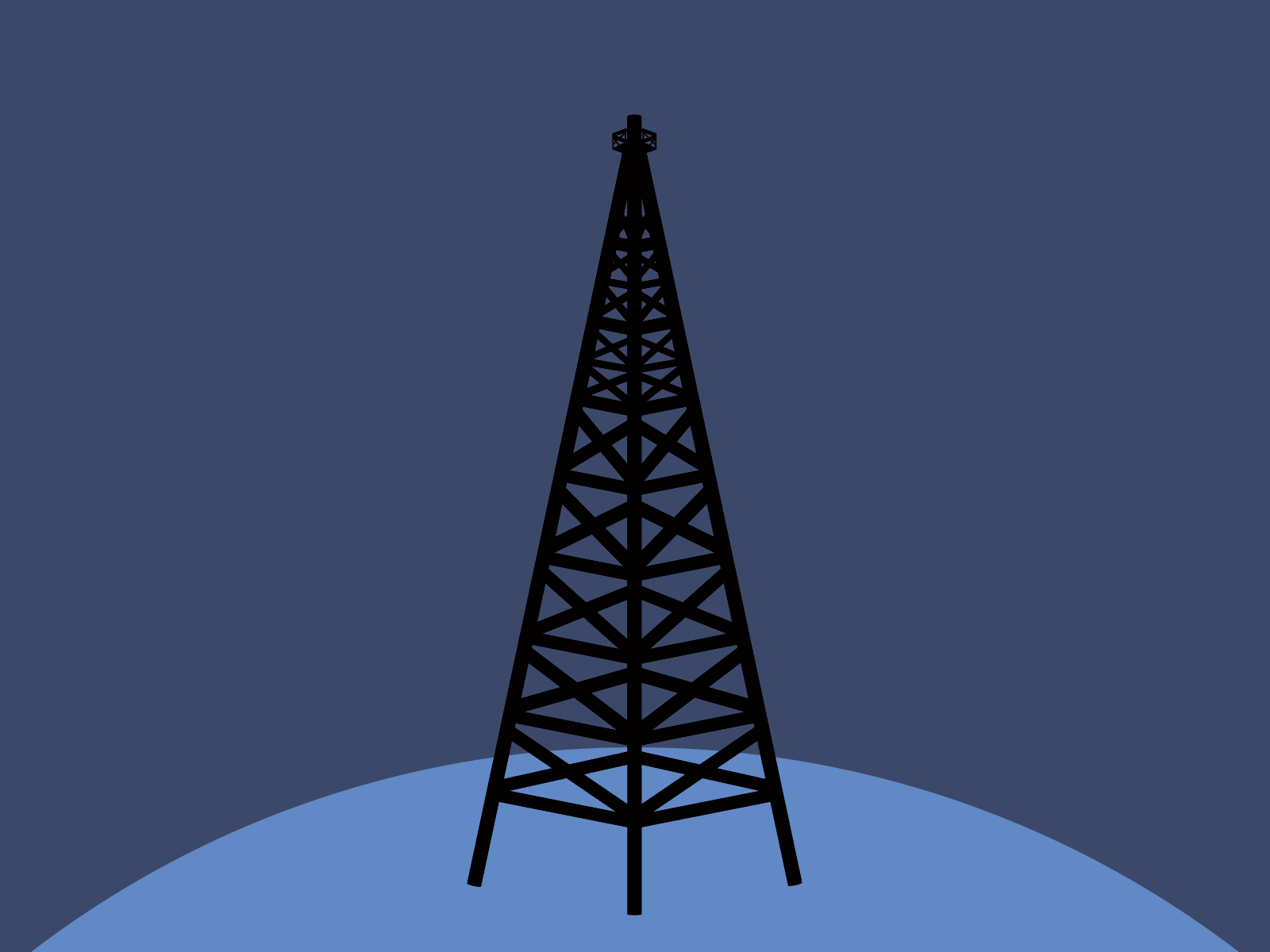Look at the top corner of your phone screen. Right now, it probably reads 4G LTE, and you're probably fine with that. But soon---and we're talking years, not months---your phone will say 5G there instead.
The mobile industry is buzzing about this next generation of high-speed wireless service, and you can expect the chatter to get even louder at Mobile World Congress in Barcelona next week. But don't believe the hype---the shift to 5G won't happen quickly. The carriers have to upgrade their massive infrastructures, for one. Also, 5G is about more than just shuttling GBs to and from your iPhone more quickly. The 5G revolution will cast a much wider net. It's an information conduit being built to connect self-driving cars, VR headsets, delivery drones, and billions of interconnected devices inside the home.
In some ways, 5G is pretty much what you'd think it is: faster than 4G, but not as fast as teleportation. There's no hard definition yet, and no hardware standards to build upon---even as the major carriers have been busy testing and touting their own technologies.
The only point of agreement among the carriers is the vague outline. 5G will be crazy fast, crazy stable, and crazy versatile. 10Gbps speeds won't be unheard of. It'll replace home Wi-Fi networks in many cases, offering faster speeds and better coverage.
"Basically, 5G will provide a wider pipeline and faster lanes," says Verizon spokesman Marc Tracey. By faster, think about speeds that are ten times faster than 4G LTE; you'll be able to download Lord of the Rings in seconds, and enjoy a live VR experience streamed to your headset from across the country with very little lag. 5G will also offer lower latency in network communications---picture a transit corridor filled with autonomous cars and drones reacting to wireless signals instantly in life-or-death situations.
The 5G networks being planned right now will operate in a high-frequency band of the wireless spectrum---between 30 GHz and 300 GHz, in what's known as the millimeter wave spectrum. These millimeter waves can transfer heaps of data at very high speeds, but they don't travel as far as the lower-frequency waves used in 4G networks. High-frequency millimeter waves also have difficulty getting around walls, buildings, and other obstacles.
On a lower-frequency network like 4G LTE, the antennas can be farther apart, and obstacles aren't a big issue. When the 5G networks are built, the carriers will have to use more antennas---many more---to get the same coverage as our current networks. You'll see mini-antennas basically everywhere.
That's partly why some 5G participants, like Qualcomm and Intel, are experimenting also in the sub-6 GHz range, as a way to supplement fickle millimeter wave signals with something more stable. Like everything else 5G, that's still very much in the earliest of days.
Yes. But the phone will probably rock multiple antennas (see previous section), and everything will just be so, so fast.
Carriers in the US are targeting 2020 for widespread launch. That seems like a long wait, but it's still an ambitious timeline---5G brings with it new antennas, new devices, and new applications for wireless data.
"Where you saw a growth in 4G was around data-centric, smartphone-centric use cases," says Rob Topol, a general manager for Intel's 5G business. "We're looking beyond the smartphone for 5G." In particular, that means categories like automotive, virtual reality, drones, and more should reap its benefits first.
Verizon recently announced it will roll out 5G service in 11 US cities by midyear, but that deployment is meant to replace fixed broadband rather than mobile service. AT&T will deliver its DirectTV Now video service over 5G to a limited number of customers in Austin, Texas. Last year, Sprint delivered live 4K video over 5G at a soccer game, and T-Mobile intends to make 5G a high-speed pipe for VR video.
On the hardware side, both Intel and Qualcomm have introduced 5G modems, as well as other pieces of infrastructure to support the various trials that will be rolling out this year.
Of course, these tests are being conducted before any of the technologies have been standardized. They are also limited-use cases, and a far cry from deploying a massive wireless infrastructure to be used by hundreds of millions of people.
Because it's designed for a world in which tens of billions of gadgets depend on constant connectivity, 5G networks will be engineered to adapt to the needs of individual devices. If you're streaming 4K video to a big-screen TV, it may prioritize sheer data throughput. If 5G serves as the connection between a controller and a drone, it may prioritize a quick response.
For mobile devices, 5G will purportedly fix many of the problems with 4G and existing wireless technologies. It'll be designed to support many more concurrent users and devices, serving them all at higher speeds than 4G. The days of your data speeds slowing down because you're at a crowded event are numbered.
First, there's some fleshing out to do. "There is a formal process where 5G is defined, and that is the next step," says Jan Dawson, chief analyst at Jackdaw Research. Only then can companies start rolling it out to the masses, and there's a long way to go.
Michael Duran, Tim Moynihan, and Michael Calore contributed to this story.






